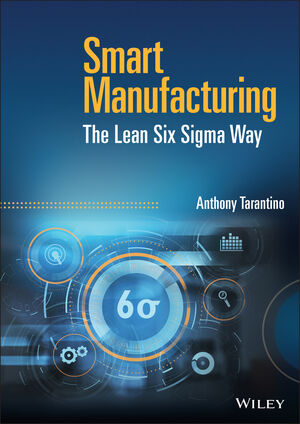When a special effects company in Hollywood needed to produce a suit for the latest “RoboCop” movie, they turned to additive manufacturing. Stratasys Ltd.'s Object Connex printing technology played a leading behind-the-scenes role in the production of the iconic RoboCop suit.
Engineers at Legacy Effects produced every aspect of the RoboCop suit, including the helmet, visor, chest armor and boots, as master mold patterns. The pieces were then molded and cast into other materials to create variants of the suit depending on the requirements of each scene.
In addition to creating the RoboCop suit, Legacy Effects was also involved in 3D printing both master molds and prototype parts for the Exo-suit featured in the movie. Prototype pieces included fully functional spring-operated fingers that were printed in a single build using multiple materials.
Additive manufacturing allows smoother workflow and greater flexibility compared with traditional production methods. With 3D printing technology, the team at Legacy Effects is able to work much faster and more efficiently than it could in the days when it produced parts by hand.
“Doing everything by hand meant that we couldn’t run tests, as it would have taken forever,” says Jason Lopes, lead design engineer. “Also, 3D printing allows us to work in symmetry, which enables us to build an entire left side of a suit, then mirror it and output the right side as well, all from one file with the click of a button. You can’t do that by hand.”
In Hollywood today, movie studios are demanding shorter production times. 3D printing’s ability to speed up processes, as well as the capability to make late changes, has revolutionized the way Legacy Effects operates.
“This is where 3D printing comes to the fore by meeting such pressures head on,” says Lopes. “If we see something’s not working, or we’re asked to make a design change, we can make another iteration, go to an open 3D printer and be printing two simultaneous tests within an hour. We go to lunch, come back and it’s done.”










